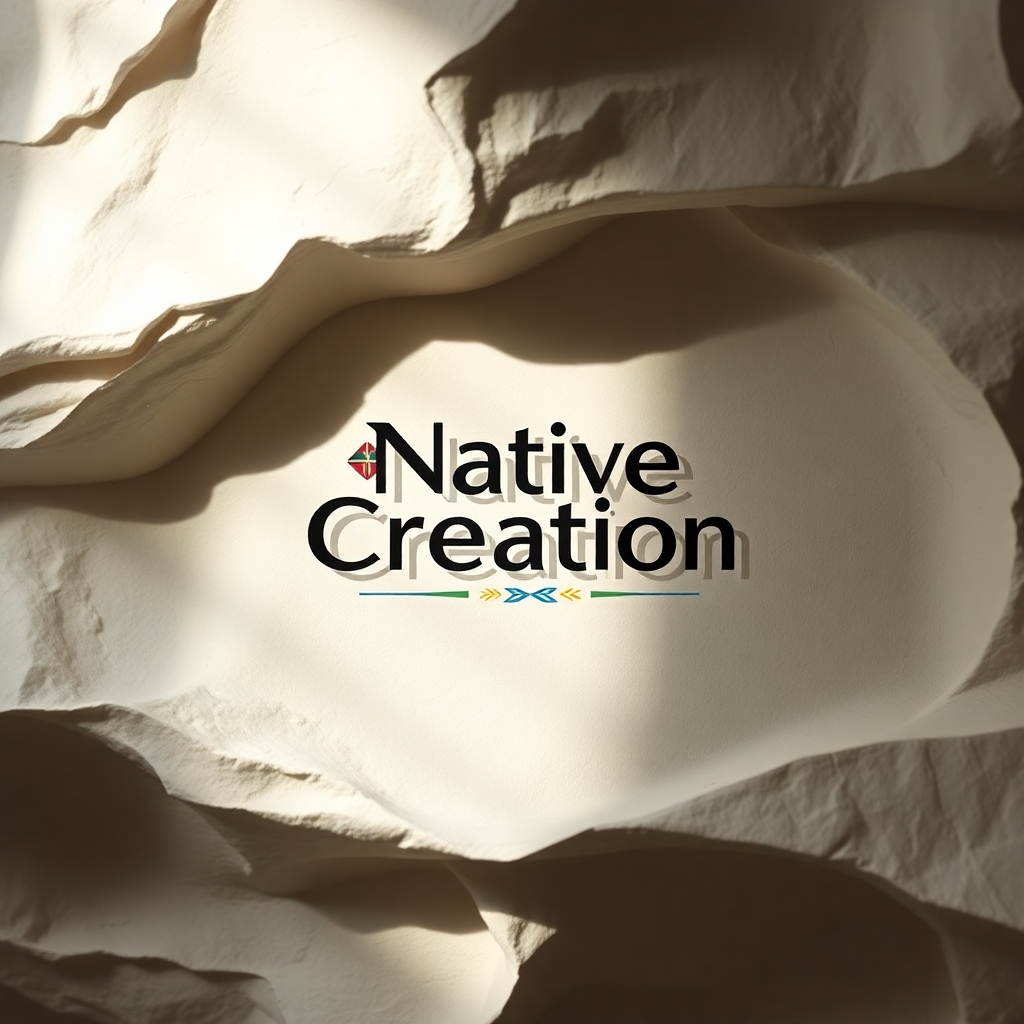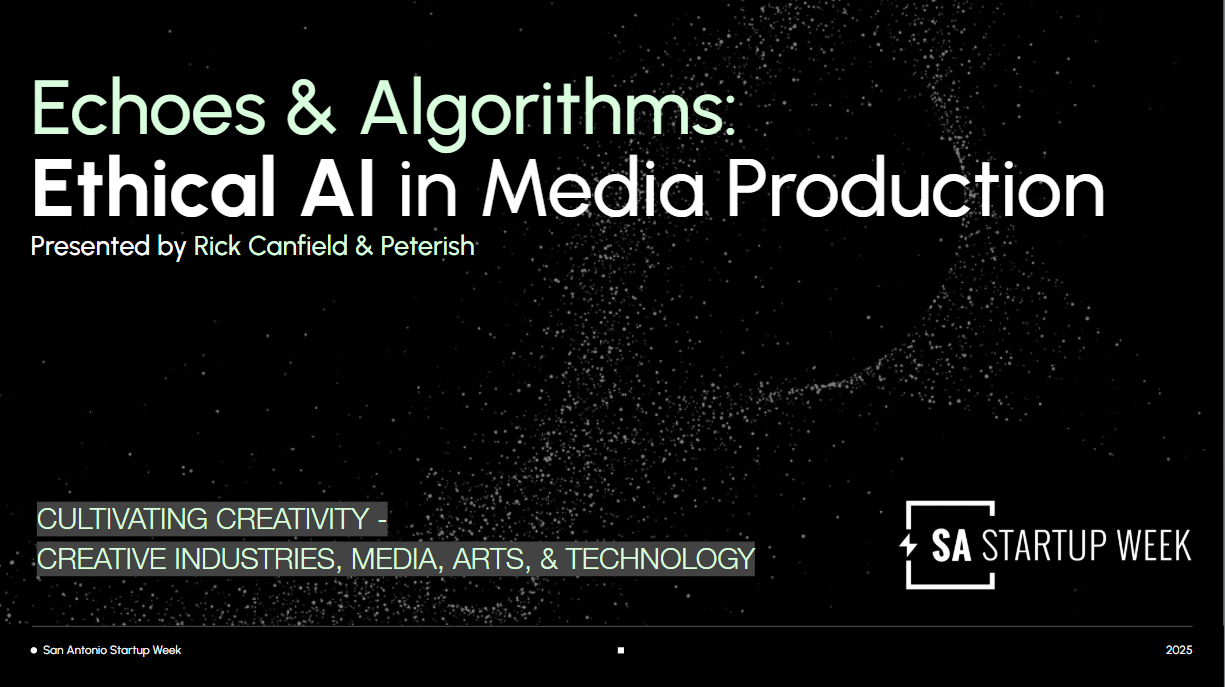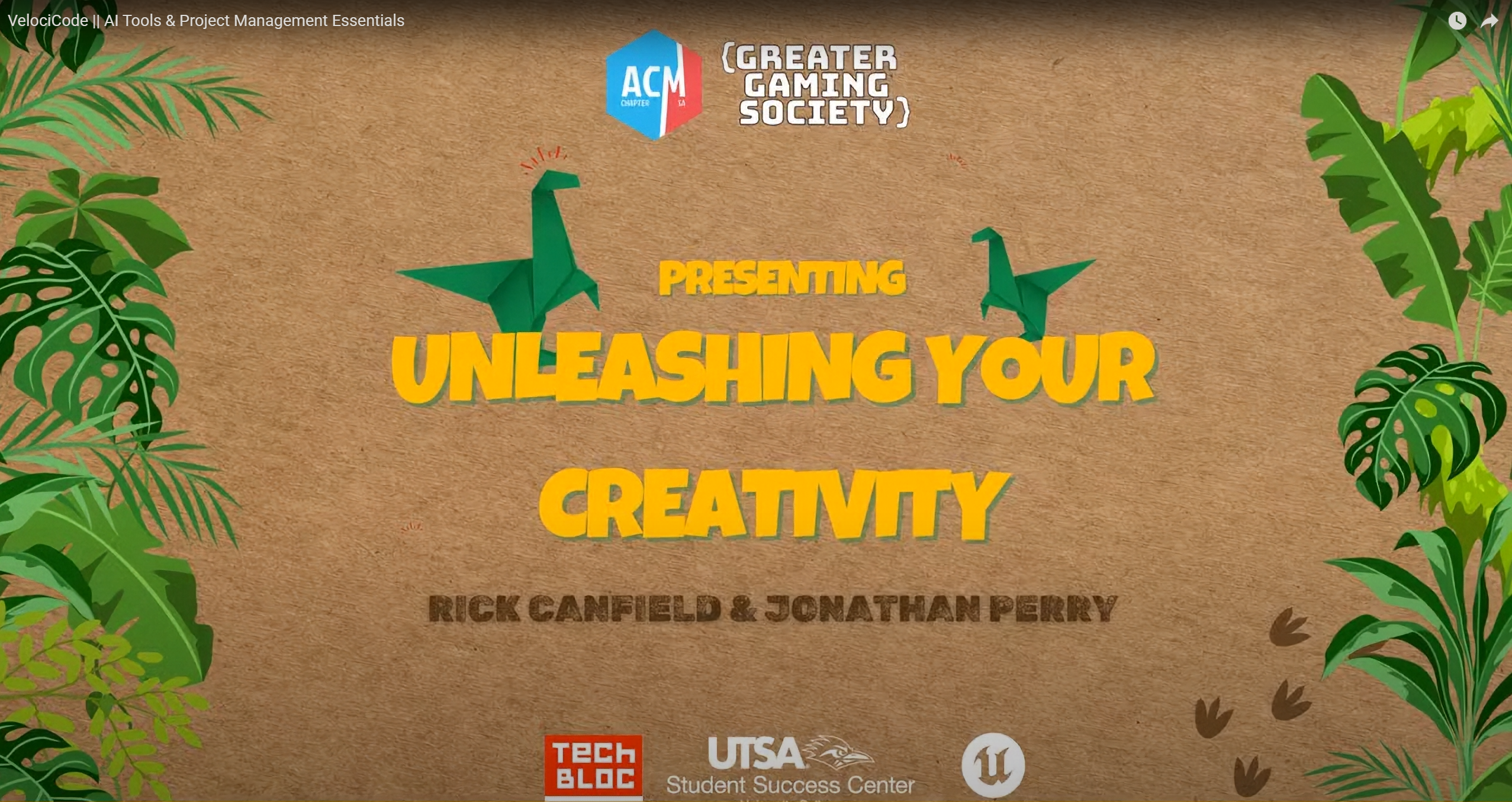Sculpting the Digital Frontier: The Open Source Powerhouse of Blender and Unreal Engine
The metaverse is an emerging digital continent, and its geography is being defined not by cartographers, but by 3D modelers. To build persistent, interconnected worlds requires an unprecedented supply of high-fidelity assets—from the smallest virtual coffee cup to entire photorealistic cityscapes.
Fortunately, the two most powerful tools driving this creative revolution are open and accessible to everyone: Blender and Unreal Engine (UE). This partnership of open-source mastery and AAA game engine power is democratizing the path to becoming a world-builder.
The Workflow: Why Blender & Unreal Are the Perfect Pair
Many creators mistakenly view Blender and Unreal Engine as competitors. In the context of professional metaverse development, they are symbiotic partners, each excelling at a different phase of the Virtual Production Pipeline.
1. Blender: The Modeling and Texturing Forge (The “DCC”)
Blender, the free and open-source 3D modeling suite, remains the undisputed king of asset creation. This is the stage where the raw digital art is born.
- Geometry Creation: Artists use Blender’s robust tools for polygonal modeling, sculpting, and retopology (making high-detail models low-poly and efficient).
- UV Mapping and Unwrapping: This crucial step involves flattening the 3D model’s surface so that 2D textures can be painted onto it without stretching. Best Practice: The meticulous unwrapping of geometry must be done in Blender before export.
- Asset Ownership: Because Blender is open source, artists retain full control over their proprietary work, aligning perfectly with the ownership ethos of Web3.
2. Unreal Engine: The Real-Time World Builder (The “Engine”)
Unreal Engine takes the perfected assets from Blender and brings them to life within a dynamic, real-time environment.
- Scene Layout and Lighting: The overall blocking, composition, and realistic lighting are done within Unreal Engine. Features like Lumen Global Illumination make dynamic lighting adjustments instant, which is impossible in Blender’s static rendering process.
- Optimization (Nanite/LODs): Unreal’s Nanite system allows artists to import extremely high-polygon models without crushing performance. This is critical for the metaverse, where millions of complex objects must be rendered simultaneously.
- Interactivity: UE’s Blueprint Visual Scripting system allows creators to program logic (how a door opens, how an object moves, how an avatar interacts) without writing code, essential for turning static models into functional metaverse objects.
The Bridge: The seamless export/import process—usually via the FBX file format—allows creators to move models from Blender to Unreal in minutes, preserving UVs and core PBR (Physically Based Rendering) material data.
Key Optimization Strategies for the Metaverse
The difference between a beautiful render and a functional metaverse asset is optimization. Poorly optimized models cause lag, frame rate drops, and motion sickness for VR users.
| Optimization Technique | Why It Matters for the Metaverse | Tool Used |
| Level of Detail (LOD) | Automatically swaps a high-poly model for a low-poly version when the user is far away, saving massive processing power. | Blender (Decimation) → Unreal Engine (Automatic LOD Generation) |
| Texture Atlasing | Combines many small textures into one large sheet, dramatically reducing the number of “draw calls” (commands the computer must process) required for rendering. | Blender (UV Packing) |
| Polygon Budgeting | Setting strict limits on the number of polygons per asset. Avatars and high-detail props must be meticulously cleaned up and retopologized. | Blender (Retopology and Decimate Modifier) |
The Open Source Advantage: Democratizing the Digital World
The partnership between free tools like Blender and UE’s free-to-start model (until revenue hits $1 million) is shattering the financial barriers to entry:
- Talent Pool Expansion: Anyone, anywhere, can download the same professional tools and begin training. This fuels the global metaverse creator economy.
- Innovation: Open source encourages rapid iteration. Community contributions and shared knowledge push the boundaries of what these tools can achieve faster than any single corporation could alone.
- IP Control: By creating content in open-source environments, artists maintain full control over their intellectual property, aligning with the decentralized, creator-centric ethos of the open metaverse.
The metaverse is an infinite canvas awaiting its masterpieces. With Blender handling the artistic sculpt and Unreal Engine powering the ultimate interactive presentation, the future of digital world-building is open, accessible, and limitless.
- Echoes & Algorithms: Ethical AI in Media Production - October 28, 2025
- Creativity and AI Ethics: An Essential Toolkit for Game Dev Success - August 1, 2025
- Echoes on the Canyon Walls: Why the Pecos Rock Art is North America’s Oldest Grand Media - May 1, 2025






